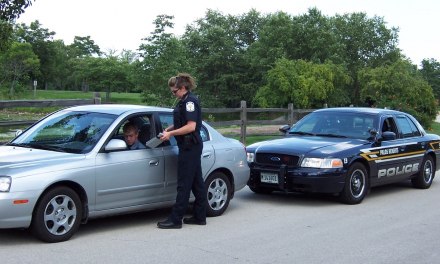Two recent articles grabbed my attention, mostly because they help to illustrate two very different sides of the (continuing and still lethal) painkiller epidemic.
First, an opinion piece on the upcoming bankruptcy action concerning Purdue Pharma — how it looked as if a ‘global’ settlement will allow the owners, the Sackler family, to discharge all liability for the sum of three billion dollars (link at the end of this post).
That’s a fabulous amount, but the Sacklers can afford it. 2019 estimated net worth: Thirteen billion. Considering that the bulk of that fortune was derived from the very activities they’re now charged with, it seems like a hell of a deal for the defendants.
I’m sure such settlements are legal, but to most observers it’s a long way from fair. That’s because at heart, wrote one commentator, “our current system is more about legality than justice.” It’s as if somewhere along the line the two values went their separate ways. As did the stock market, which weirdly continues to rise even as the “real” economy declines.
It’s interesting that prior to this vast scandal the Sacklers enjoyed a well-deserved reputation for good works. They ‘gifted’ wings to a host of worthy institutions (the Louvre, the Metropolitan, Victoria & Albert, the Guggenheim) and were major donors to the National Gallery, the Tate, the Smithsonian, and so forth.
I’m not sure how much of that was mission-driven and how much was ego. I did read that one Sackler brother threw a party in the Egyptian wing where the centerpiece was a Sphinx with his own head in place of the original.
For criminal gangs – South American cartels, Afghan warlords, Mafia dons – generosity with their ill-gotten gains has been a way to build community support and ensure tolerance for their criminal activities. I guess that also applies to the American robber barons of the 19th and 20th Centuries. Much of their wealth was built on criminal activity of one sort of another. They wanted that erased from the public consciousness.
Now for the other side: a few days later came this first person account. A familiar story of addiction and eventual death, told from the viewpoint of a family member seeking to understand what happened and especially, why they couldn’t prevent it.
In this case, it seems as if the addicted brother gave up on himself at some point, and even encouraged his family to do the same. That suggests a level of fatalism and self-disgust you don’t often see outside of late-stage alcoholism and drug addiction.
The best explanation I can come up with is that in the late-stages of the disease the victim may come to view themselves as you or I might a wounded animal in the road. Someone ought to put that poor thing out of its misery, we think. It seems cruel to prolong its suffering.
The juxtaposition of the two accounts – raw devastation to a family on one hand, and on the other, superrich individuals with high-paid legal talent celebrating after pulling a fast one on the system – paints things in a harsher light.
It makes this about how some people exploit society for money, and the extent to which the law not only allows but even encourages it.
Here’s that Purdue article: “The Sacklers Could Get Away With It“.
Let’s hope they don’t.












